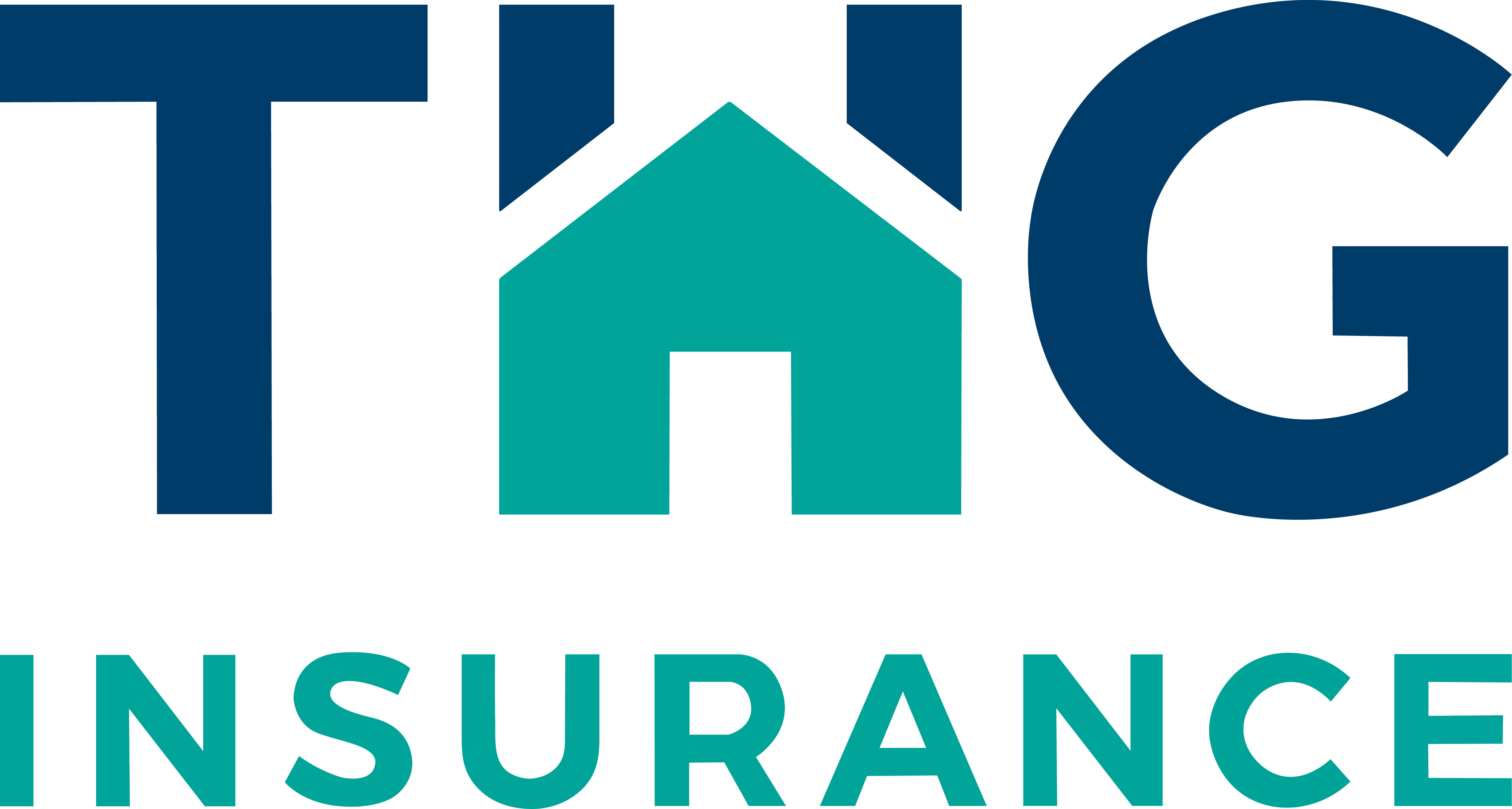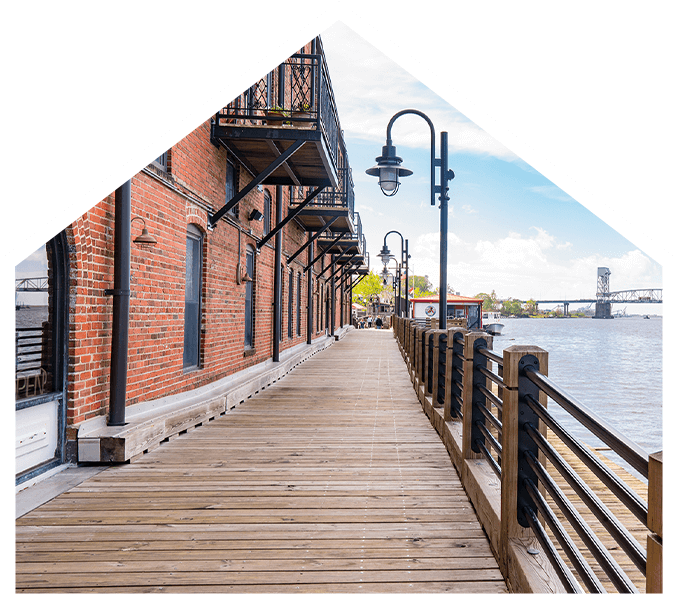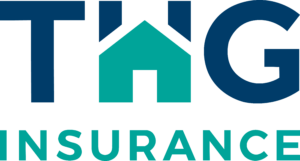Homeowners in coastal North Carolina face new challenges regarding their insurance coverage, especially concerning the age of their roofs.
Insurance companies are tightening their guidelines, requiring many homeowners to replace their aging roofs to maintain coverage.
Understanding why this is happening and how you can be proactive will not only help you maintain your coverage but also potentially lower your insurance costs.
Understanding The Importance Of Roof Age In Insurance
Insurance companies and reinsurers on the east coast are increasingly concerned about the age of roofs due to the heightened risk claims and spiking reinsurance costs. Naturally, older roofs are more susceptible to leaks, structural issues, and damage from storms.
A common misconception is that your home insurance policy should cover ongoing maintenance issues. In reality, homeowner’s insurance typically does not provide insurance cover for normal wear and tear; insurance cover is generally limited to sudden or accidental damage, not gradual deterioration from age.
However, the purpose of a home insurance policy is that it is designed to put your life back together after a loss. Ensuring your roof is in good condition is crucial for both coverage and peace of mind.
Insurance Company Guidelines For Older Roofs
In 2021, we saw many insurance companies begin to introduce stricter guidelines regarding roof age.
If you have a 20 year old roof, many insurance companies may require an inspection before offering coverage, and most will not cover roofs older than 20 years due to increased risk and depreciation concerns.
Some require homeowners to replace their roofs to continue their coverage, while others may refuse to insure homes with roofs over a certain age unless they are replaced. Most insurers will not offer coverage for roofs older than 20 years, and a homeowners insurance policy may have specific requirements or restrictions based on the roof’s age.
These policies aim to mitigate the risk of costly claims due to roof failures, which are more likely with older roofs, statistically speaking. The roof’s age is a key factor in whether insurance companies will offer coverage or require replacement.
Roof Types And Their Impact On Insurance
The type of roofing material you choose can significantly impact your insurance rates. The installation process and the condition of your existing roof can also affect insurance considerations, as insurers often evaluate these factors when determining coverage and premiums. Understanding the different roofing materials and their characteristics can help you make an informed decision. Here’s a brief overview of the most common types:
Asphalt Shingles
Made from a fiberglass or organic mat coated with asphalt and covered with mineral granules. They are affordable, widely used, and are durable in most weather conditions.
Metal Roofs
Constructed from materials like steel, aluminum, or copper, metal roofs are more expensive upfront. However, they are highly durable, long-lasting, and often result in lower insurance rates due to their resistance to fire, wind, and hail.
Tile Roofs
Typically made from clay or concrete, tile roofs are known for their longevity and attractive appearance. Despite their higher installation and repair costs, they provide excellent durability and resistance to severe weather, which can be beneficial for insurance purposes.
Insurance companies often favor roofing materials that offer greater durability and resistance to weather-related damage, as these can reduce the likelihood of claims and potentially lower your premiums.
Wood Roofs
Often made from cedar, redwood, or pine, wood roofs provide a natural and aesthetically pleasing look. However, they are less resistant to fire (unless treated properly) and may require more maintenance, leading to higher insurance rates. They can be more susceptible to weather-related damage and decay if not properly maintained.
What Is An IBHS Fortified Roof?

Think of an IBHS Fortified roof as the super hero of roofs. An IBHS (Insurance Institute for Business & Home Safety) fortified roof is designed to withstand severe weather conditions, providing enhanced protection. These roofs meet stringent standards for durability and resilience.
Homes with IBHS fortified roofs often qualify for lower insurance premiums due to the reduced risk of damage and claims.
North Carolina Roof Fortification Grants
Homeowners in North Carolina may be eligible for grants to help fortify their roofs. These grants can offset the cost of upgrading to an IBHS fortified roof, making it more affordable to enhance your home’s protection.
If you’re interested in the NCIUA’s grant program, talk to an agent at The Huneycutt Group when you obtain an insurance quote.
The Importance of Roof Inspection
As your roof ages, regular roof inspections become a critical part of protecting your home and your wallet. Insurance providers in coastal North Carolina are especially vigilant about the condition of older roofs, as wear and tear can lead to increased insurance premiums, denied insurance coverage, and a higher risk of costly repairs. By scheduling regular inspections, you can catch minor issues before they escalate into major roof damage, helping to keep your insurance claims—and your expenses—to a minimum.
Most insurance companies require a professional assessment of older roofs to determine their current condition and the level of risk they pose. This is particularly important for homes with asphalt shingle roofs, which tend to show signs of aging and weather-related damage sooner than metal or tile roofs. Local building codes may also dictate how often your roof should be inspected, so it’s wise to check with your insurance provider and a trusted roofing contractor that comes recommended to establish the right inspection schedule for your specific roofing material.
A thorough roof inspection covers every aspect of your roof’s condition, from the shingles and flashing to the vents, gutters, and underlying roof deck. Inspectors look for missing shingles, damaged flashing, and other signs of wear and tear that could compromise your roof’s ability to withstand severe weather.
By addressing these issues promptly, you can prevent further damage, avoid temporary repairs, and ensure your roof remains in good shape—helping you maintain your insurance coverage and avoid higher premiums.
Homeowners should also stay alert for warning signs between inspections, such as leaks, water stains, or missing shingles. If you notice any of these issues, contact a professional roofing contractor right away. Delaying repairs can lead to more extensive damage, higher repair costs, and even the risk of losing your insurance coverage if your roof is deemed too risky by your insurance provider.
Best Insurance Companies In Coastal North Carolina
When selecting an insurance company in coastal North Carolina, it’s important to choose one with deep expertise in the local climate and associated risks.
At The Huneycutt Group, we have relationships with nearly a dozen top-tier insurance providers to offer you comprehensive quotes and optimal coverage tailored to your home’s specific needs.
When comparing insurance policies, it’s important to understand how homeowners insurance rates are influenced by factors like roof age and condition. Maintaining proper documentation of roof inspections and repairs can help you secure lower premiums and ensure smoother claims processes.
When You Should Replace Your Roof
Replacing an older roof can provide numerous benefits beyond maintaining your insurance coverage. A new roof can offer enhanced protection against the elements, potentially lower your premiums, and save you money on repairs in the long run.
Signs that it might be time to replace your roof include visible wear and tear, missing shingles, and any leaking. Age related wear and an old roof can also increase the risk of damage, making roof replacement or roof repairs necessary to protect your home.
For aging roofs, insurance policies may vary in how they handle roof damage claims. Some policies cover the full replacement cost of a new roof, while others factor in depreciation and wear, resulting in a payout based on the roof’s current value.
Understanding these differences can help you better navigate your coverage options when filing a claim for roof repairs or replacement.
Pro Tips For Roof Maintenance
Regular maintenance is essential to extend the life of your roof and keep your insurance costs down. Key maintenance tips include:
- Cleaning gutters to prevent water damage.
- Inspecting for damage after storms and repairing any issues promptly. It is important to have your roof inspected and regularly inspected, especially after a storm hits or natural disasters like hailstorms, tornadoes, or hurricanes occur, to identify storm damage early.
- Removing debris such as leaves and branches that can cause damage over time.
Maximizing Insurance Benefits By Addressing Roof Age
The age of your roof plays a significant role in your insurance coverage and costs. By understanding the importance of roof maintenance and replacement, you can ensure your home remains protected and your insurance coverage stays intact.
Choosing the right insurance agent is important in navigating these changes. The agents at the Huneycutt Group live and work in coastal North Carolina and are well-equipped to help you find the right coverage for your needs.
Contact us today for personalized advice and a review of your insurance policy.





